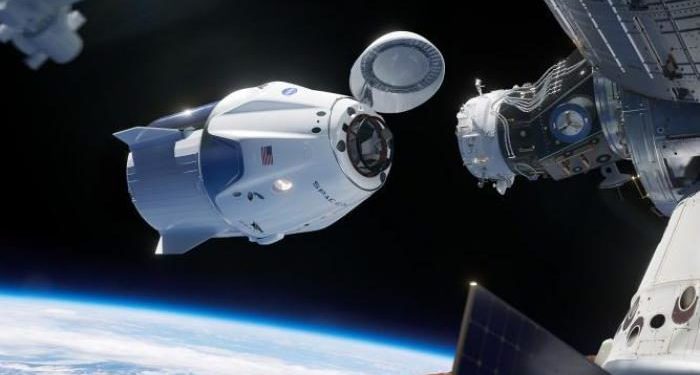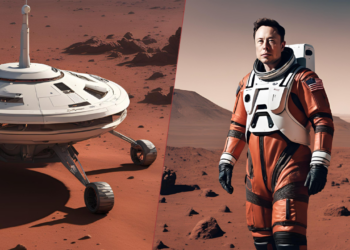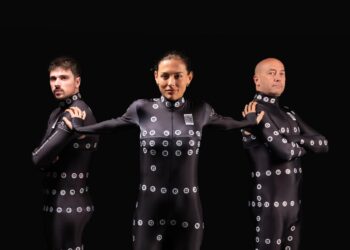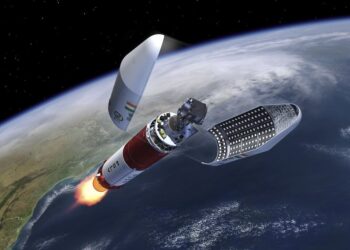The final test of the Crew Dragon spacecraft, the “space taxi” of the SpaceX agency of Elon Musk, has been successfully completed.
Space is getting closer and closer. On Sunday, January 19, 2020, the Crew Dragon 2 spacecraft successfully completed the last test of space flight without passengers. The test involved the emergency return of the spacecraft and the subsequent ditching. And everything went perfectly according to plan. The spacecraft, mounted on the Falcon 9 rocket and without human crew on board, left from the “famous” platform 39A of the Kennedy Space Center, in Cape Canaveral, Florida at 10:30 am local time (4:30 pm in Italy). Two and a half minutes later, as scheduled, the vector rocket of the Dragon 2 spacecraft was shut down simulating an emergency. At this point, the shuttle began the procedure of detachment from the vector which in the meantime was detonated, moving away at a speed almost twice that of sound thanks to its thrusters. During the remaining eight minutes, the vehicle’s trajectory was constantly monitored until the spacecraft landed in the Atlantic, as planned, about 30 kilometers off the coast of Florida.
Dragon 2: NASA ready to authorize the transport of the astronauts into space.
In the aftermath of the flight test, the Space X agency released an official press release in which it states that “the Crew Dragon can now be authorized to transport astronauts into space in a few weeks, in view of new missions”. Last week’s test was very important to induce NASA – National Aeronautics and Space Administration, the government agency responsible for the space program and aerospace research of the United States of America – to grant Space X the authorization to transport astronauts. In light of the excellent result of the test, Elon Musk’s technicians speculate that NASA may use the Crew Dragon to transport its astronauts to the International Space Station (Iss) by the end of the year.

































